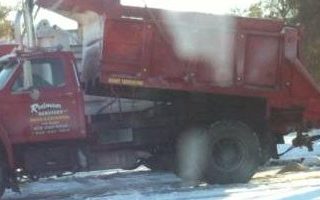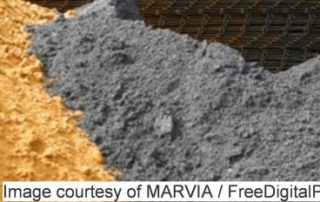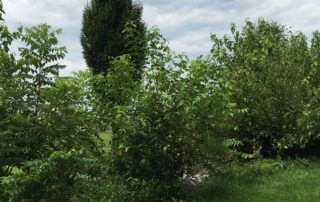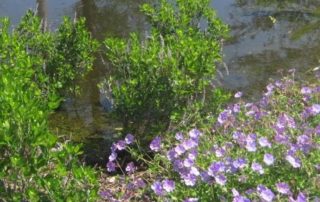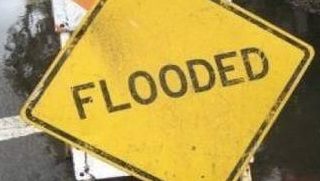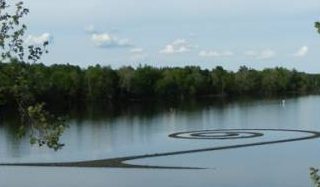Preparing for Salinization of our Freshwater Streams
As an ecologically minded person, I'd say that I have been "aware" of the "road salt problem." I've recently become more interested in this issue while working on restoring the Tiber Hudson watershed that drains to downtown Ellicott City where the Center's main office is located. After reviewing some of the past biological assessments, I noted that the reports state that the macroinvertebrate and fish communities were in worse condition than would have been expected by imperviousness alone. Some other impairment was suspected and chloride from road salt was noted as a possibility. Since the long-term watershed goal that I had established for the Tiber Hudson was an [...]

